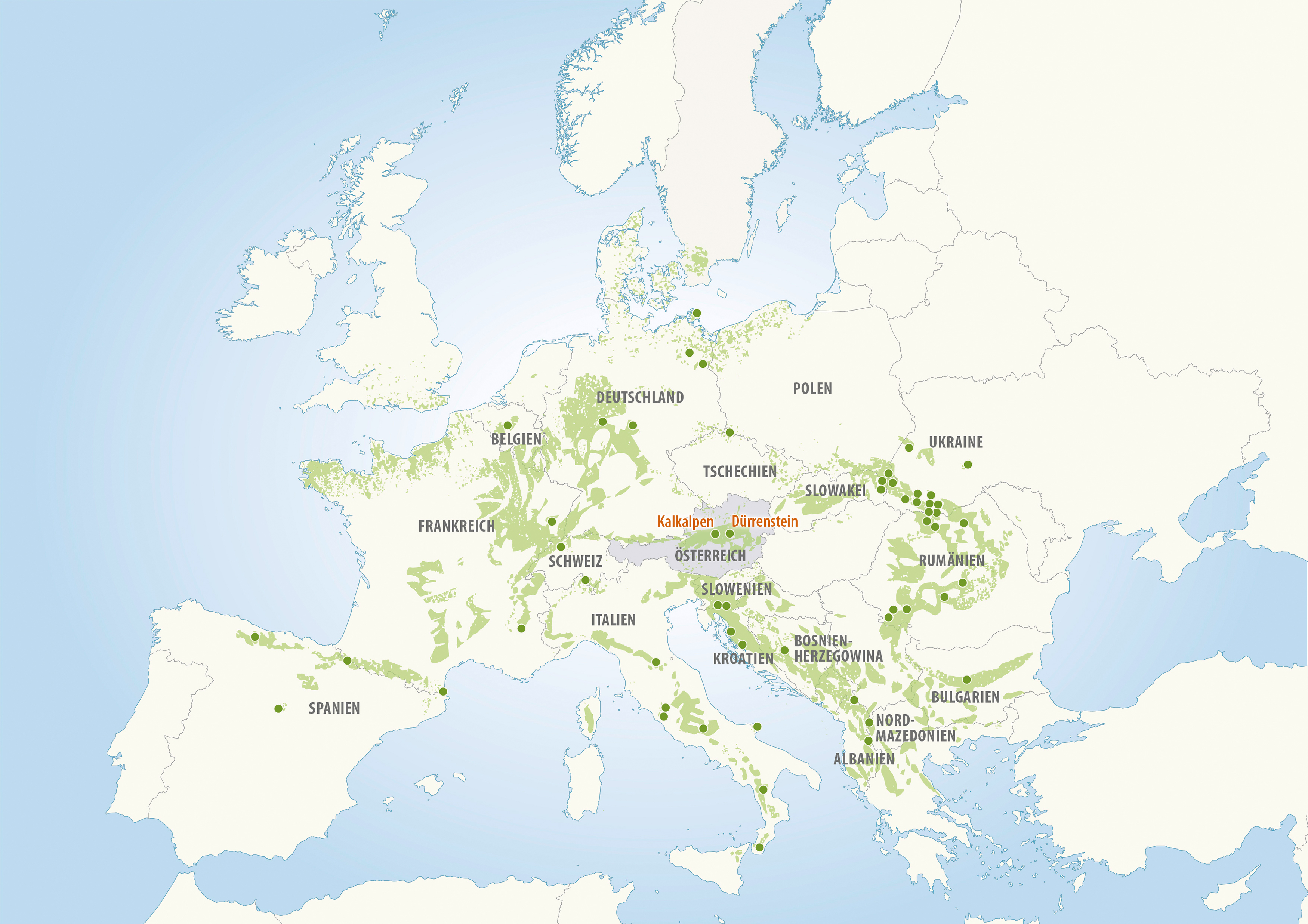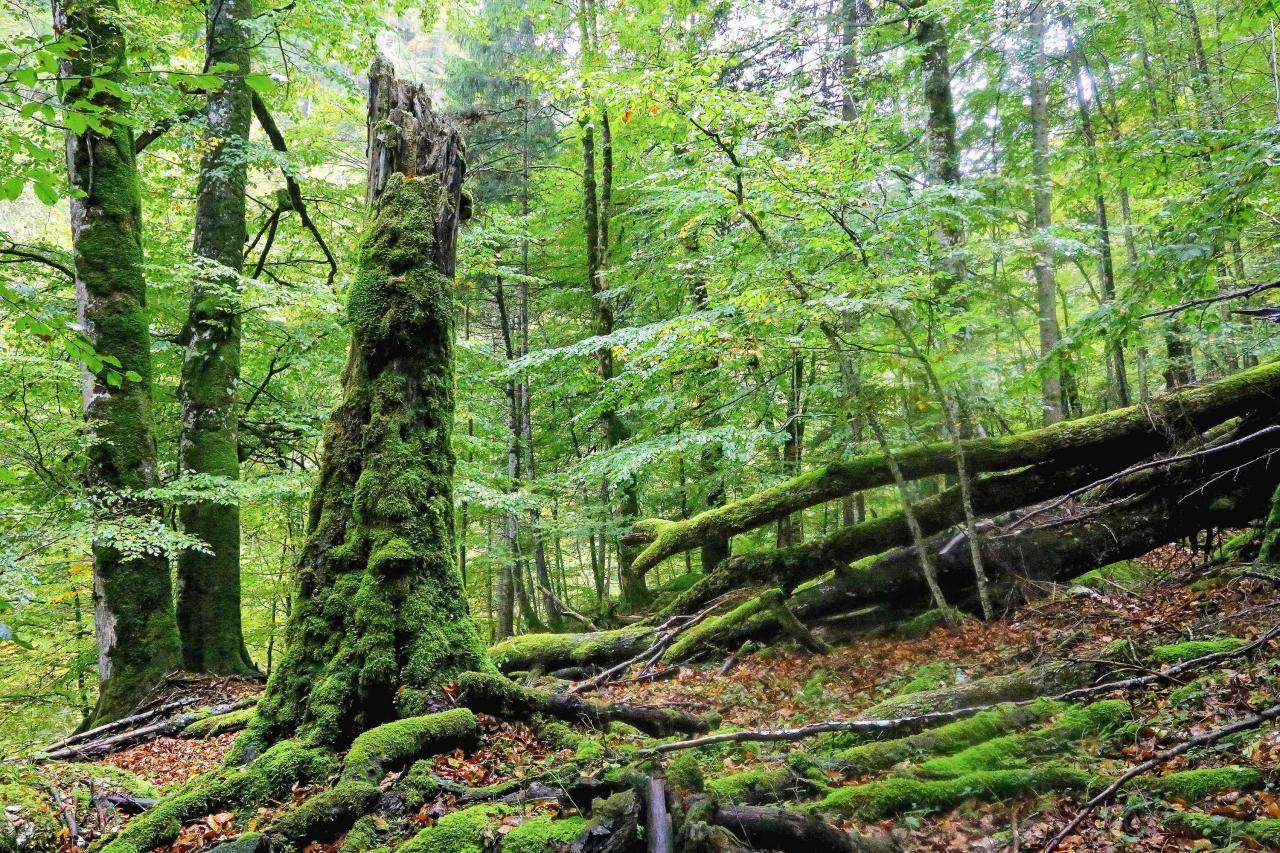Transnational serial UNESCO World Heritage Site
Ancient beech forests and primeval beech forests
of the Carpathians and other regions of Europe
The World Heritage Site "Ancient and Primeval Beech Forests of the Carpathians and Other Regions of Europe" covers a total of 98,000 hectares in 51 protected beech forest areas and 18 countries. It is the world's largest World Heritage Site in terms of area and the only one that connects so many countries.
In Austria, 7,117 ha of this area are located in the Kalkalpen National Park (5,250 ha) and in the Dürrenstein-Lassingtal wilderness area (1,867 ha).

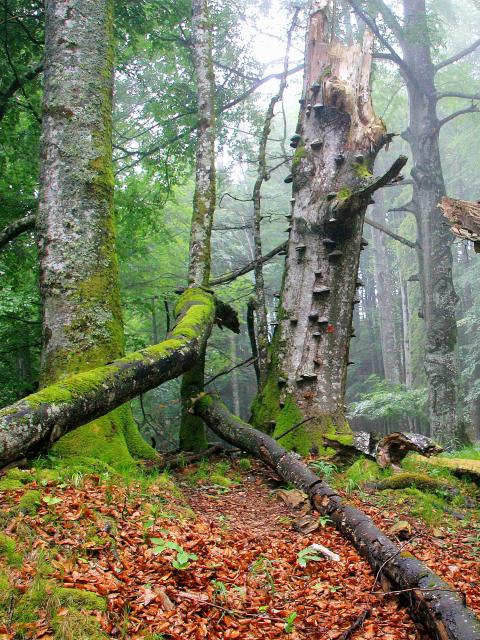
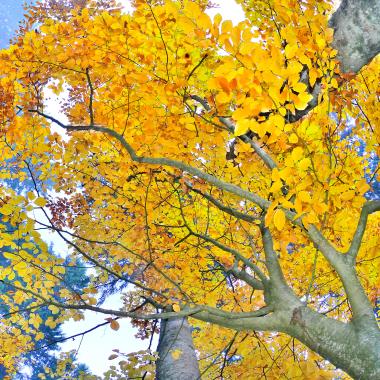
The spread of the copper beech throughout Europe
Unique in the world
After the end of the last ice age around 12,000 years ago, the European beech (Fagus sylvatica) set off northwards from its isolated, ice-free retreat in southern Europe to conquer almost an entire continent. This phenomenon of recolonization by a single tree species is unique in the world and is made possible by the enormous competitive power of the beech.
This outstanding universal value is the reason for the inclusion of the most valuable beech forest areas in Europe on the UNESCO World Heritage List.
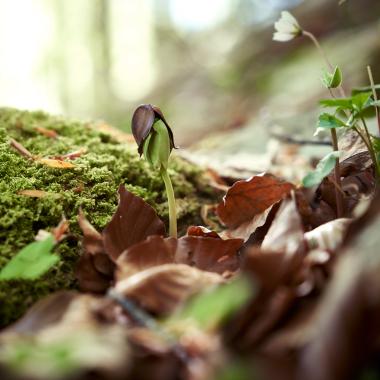
Europe's last primeval forests need our protection
Almost eradicated
Europe's primeval beech forests have been severely pushed back by human use and settlement. The last large areas of primeval forest can be found in the Carpathian Mountains. There are only a few remnants left in the Alpine region. Centuries-old beech forests are now extremely rare and endangered in Europe.
UNESCO has recognized the uniqueness and conservation value of untouched beech forests by designating them as a World Heritage Site. This puts them on a par with world-class sites such as the Galapagos Islands and the South Tyrolean Dolomites.
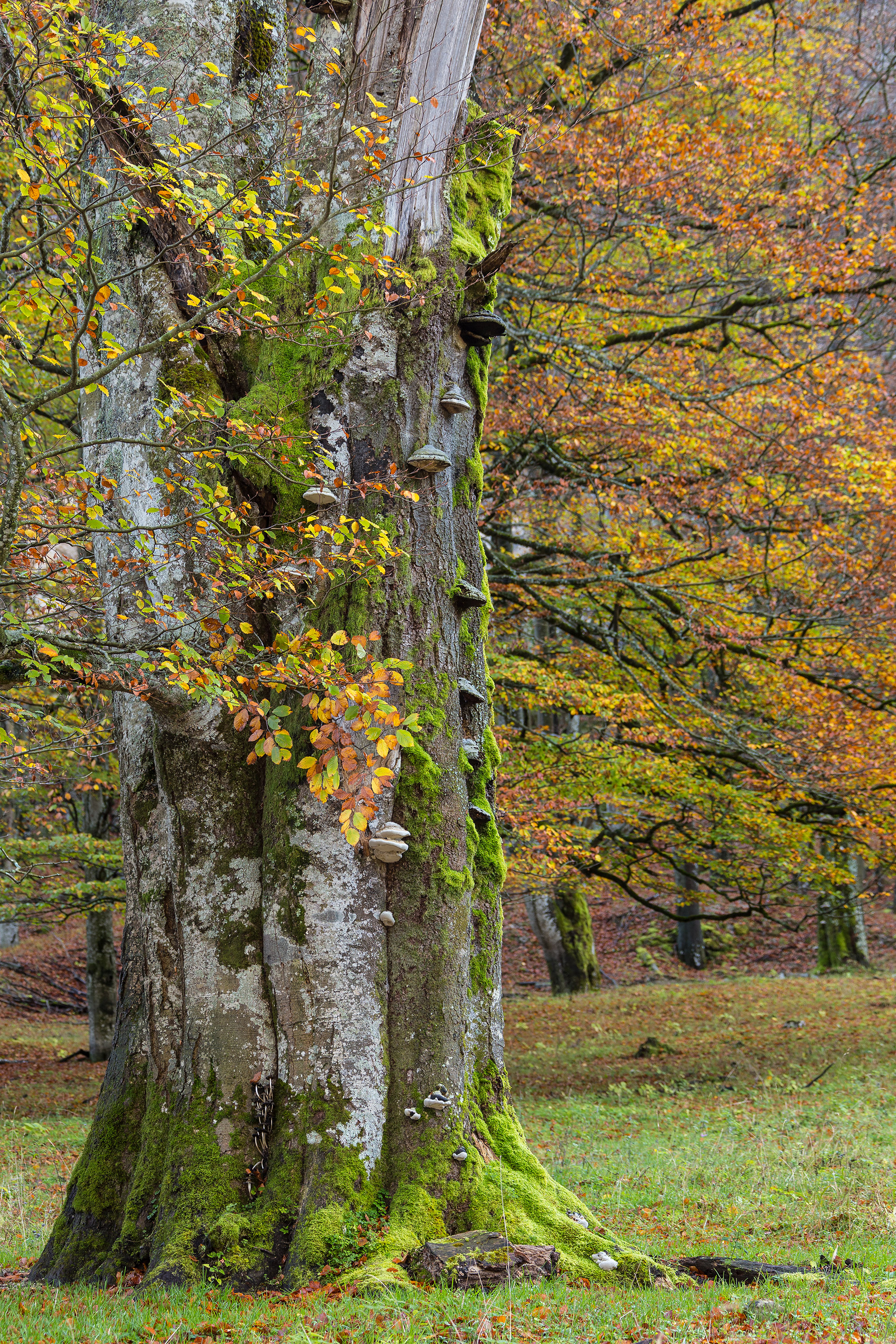
The copper beech
Mother of the forest
The beech grows in many different locations, as it needs little light and can even thrive in the shade. It was not only its original distribution across almost all of Europe that earned the beech the name "mother of the forest", but also its maternal energy, vitality and life force.
Its powerful roots penetrate deep layers of soil and also protect neighboring shallow-rooted trees from storm damage. The beech thus provides defense against insect damage. Its nutrient-rich foliage forms fertile soils. Countless lichens, mosses, fungi and insects can be found there. Almost 30 species of beetle and more than 70 species of butterfly prefer the copper beech as a habitat. Wild boar, deer, squirrels, birds and mice love the energy-rich fruits of the beech, the beechnuts. On hot days, a mature beech tree evaporates up to 200 liters of water per day and thus has a balancing effect on the forest climate.
